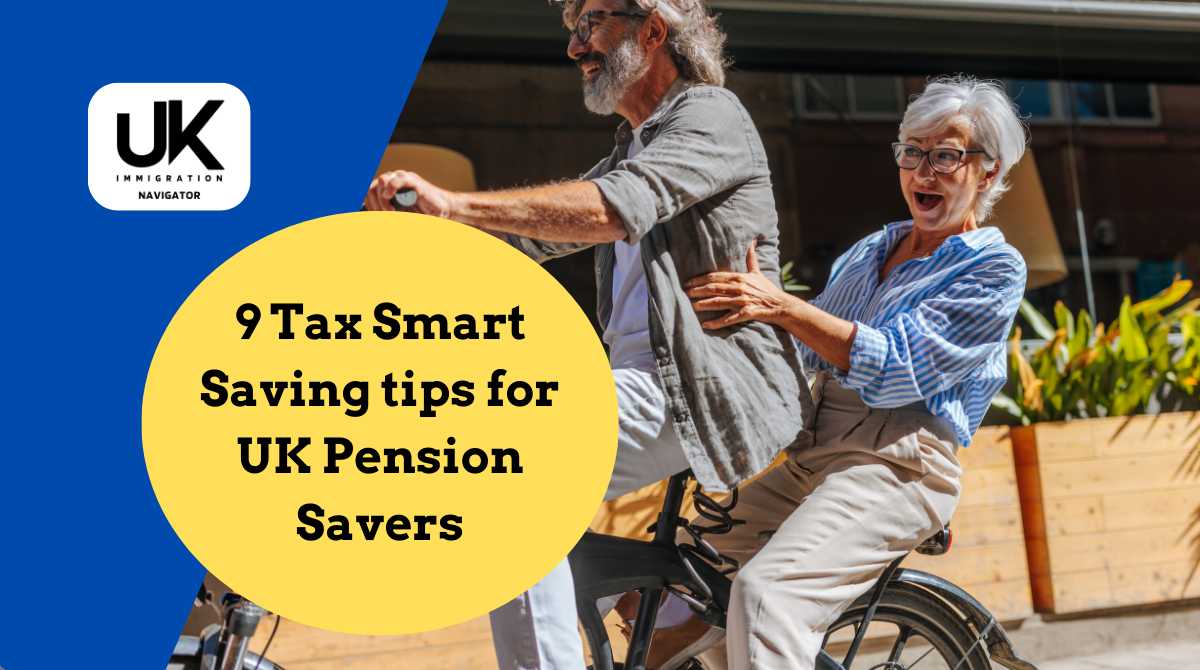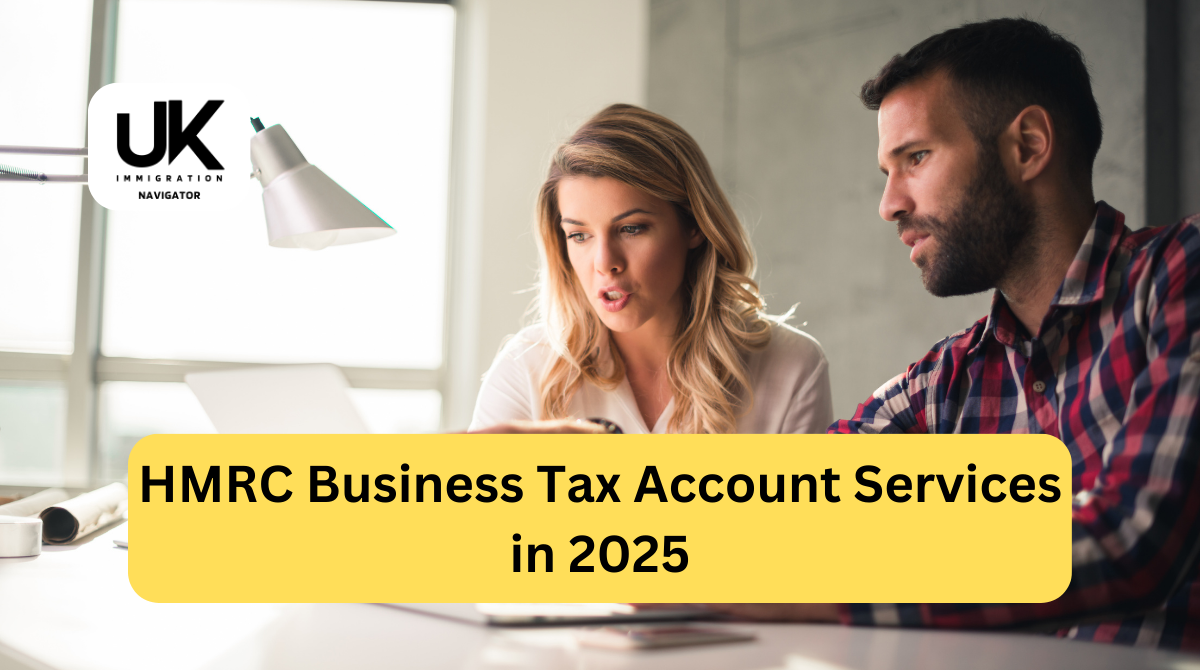Tax Free Savings in the UK in 2025
The sting of an unexpected tax bill is something few people enjoy, and with recent fluctuations in interest rates, many savers in the UK are finding themselves in uncharted territory. For years, the low-interest environment meant tax on savings was a distant concern. However, with rates climbing and now starting to settle, understanding how to protect your hard-earned savings from the taxman is more important than ever.
This article aims to break down the complexities of tax-free savings allowances and provide practical advice to ensure you’re not paying more tax than you need to.
Understanding Your Tax Free Savings in the UK Allowance
The amount of interest you can earn tax-free is not a one-size-fits-all figure. It’s directly tied to your income tax bracket, which is the highest rate of income tax you pay. Here’s how it works:
- Basic Rate Taxpayers: If you fall into the basic-rate tax bracket (earning between £12,571 and £50,270 per year) and pay 20% tax on your income, you have a personal savings allowance of £1,000. This means you can earn up to £1,000 in interest from your savings each year without paying any income tax on it.
- Higher Rate Taxpayers: If you earn between £50,271 and £125,140, placing you in the higher-rate tax bracket (and paying 40% tax on your income), your personal savings allowance is reduced to £500.
- Additional Rate Taxpayers: If you’re an additional-rate taxpayer, earning above £125,140, you are not eligible for a tax-free savings allowance and you will pay tax on all of your savings interest.
Table of Contents
The “Starting Rate for Savings” – An Additional Tax Break
There’s another layer to this, offering a potentially significant benefit to those with lower incomes – the “starting rate for savings”. If your total income is less than £17,571, you could be eligible for a “starting rate for savings”. This allows you to earn up to an additional £5,000 of tax-free savings interest.
If your income is below the personal allowance, (the first £12,570 of your income is tax-free), you can benefit from the full £5,000.
The amount you receive decreases by £1 for every £1 you earn over the personal allowance. By the time your total income reaches £17,571, this additional tax-free allowance will be fully used. This system is designed to offer a financial boost to individuals with lower incomes by encouraging them to save.
Read also: Income tax in the UK
Strategic Savings: Leveraging the System as a Couple
The good news is that tax-free allowances are applied at an individual level, irrespective of the income of other household members. This provides an opportunity for couples to be strategic with their savings to maximize their tax-free income. Consider the following scenarios:
- Scenario 1: Differing Income Levels: If one spouse earns a lower income (under £17,571) than the other, shifting a larger portion of savings to the lower-earning spouse can be a smart move. This allows them to utilize their full £5,000 starting rate for savings, if eligible, along with their personal savings allowance of £1,000 (if they are a basic rate taxpayer) or £500 (if they are a higher rate taxpayer).
- Scenario 2: One Working Part-Time: In households where one partner works full-time and the other works part-time (and possibly looks after children), transferring savings to the partner with a part-time job could help minimize the overall tax burden.
- Scenario 3: Different Pension Amounts: Among couples in retirement, there may be significant differences in the amount of their occupational pensions. If one spouse has a higher pension, they are more likely to use up all their tax-free allowances. If savings are shifted to the spouse with the lower pension, they could benefit from the starting rate for savings and have more tax-free income.
For example, if one spouse earns £12,000 and the other earns £50,000, as a couple they could potentially earn up to £7,000 in savings interest before paying tax if the lower-earning spouse was able to make full use of the savings allowance.
Read also: skill-based career
Putting it into Perspective
To put these numbers in perspective, a £1,000 interest income at a 5% rate requires a savings pot of £20,000. In this context, it becomes evident that managing your savings to avoid unnecessary taxes is important. While the rate of savings has started to decrease from the highs of late 2023, it still pays to be tax-aware.
Key Takeaways
- Your tax-free savings allowance is directly linked to your income tax bracket.
- Basic-rate taxpayers have a £1,000 personal savings allowance.
- Higher-rate taxpayers have a £500 personal savings allowance.
- Additional-rate taxpayers do not have a personal savings allowance.
- The “starting rate for savings” can offer an extra £5,000 tax-free if your total income is below £17,571.
- Couples can strategically transfer savings to reduce their overall tax bill.
Conclusion
Navigating tax on savings can seem complicated, but it doesn’t have to be. By understanding your tax bracket, how the savings allowance works, and the additional tax breaks available to those with lower incomes, you can optimize your savings strategy to ensure you keep as much of your hard-earned money as possible. The days of negligible savings interest rates may be over, meaning the opportunity to make a tax-efficient return on your savings has never been more important.
FAQ
Q: What is the personal savings allowance?
A: The personal savings allowance is the amount of interest you can earn on your savings each year without having to pay income tax. The amount you’re eligible for depends on your income tax bracket.
Q: How does the “starting rate for savings” work?
A: If your total income (including any non-savings income) is below £17,571, you could be eligible to earn up to £5,000 of savings interest tax-free. The £5,000 allowance reduces by £1 for every £1 that your total income is over the personal allowance, ( £12,570) and it will be fully used by the time your total income is £17,571.
Q: If my spouse has a high income, can I still benefit from the starting rate for savings?
A: Yes, the starting rate for savings is calculated individually, not jointly. As long as your income is less than £17,571, you could still benefit from the additional tax-free allowance on your savings.
Q: Do all types of savings accounts qualify for the tax-free allowance?
A: Yes, most standard savings accounts and deposit-based investments, as well as bonds, are eligible. However, it’s always best to check the details with your provider.
Q: Are ISAs included in the tax-free savings allowance?
A: No, Individual Savings Accounts (ISAs) have their own tax-free allowance, completely separate from the personal savings allowance and starting rate for savings. Interest earned in an ISA does not count towards your tax-free allowance, they are tax-free in their own right.
Q: How can I find out my tax bracket?
A: Your tax bracket is determined by your total income. Your payslip and income tax records will state the total tax you have paid. You can also get guidance from HMRC (Her Majesty’s Revenue and Customs) or a financial professional.















1 comment